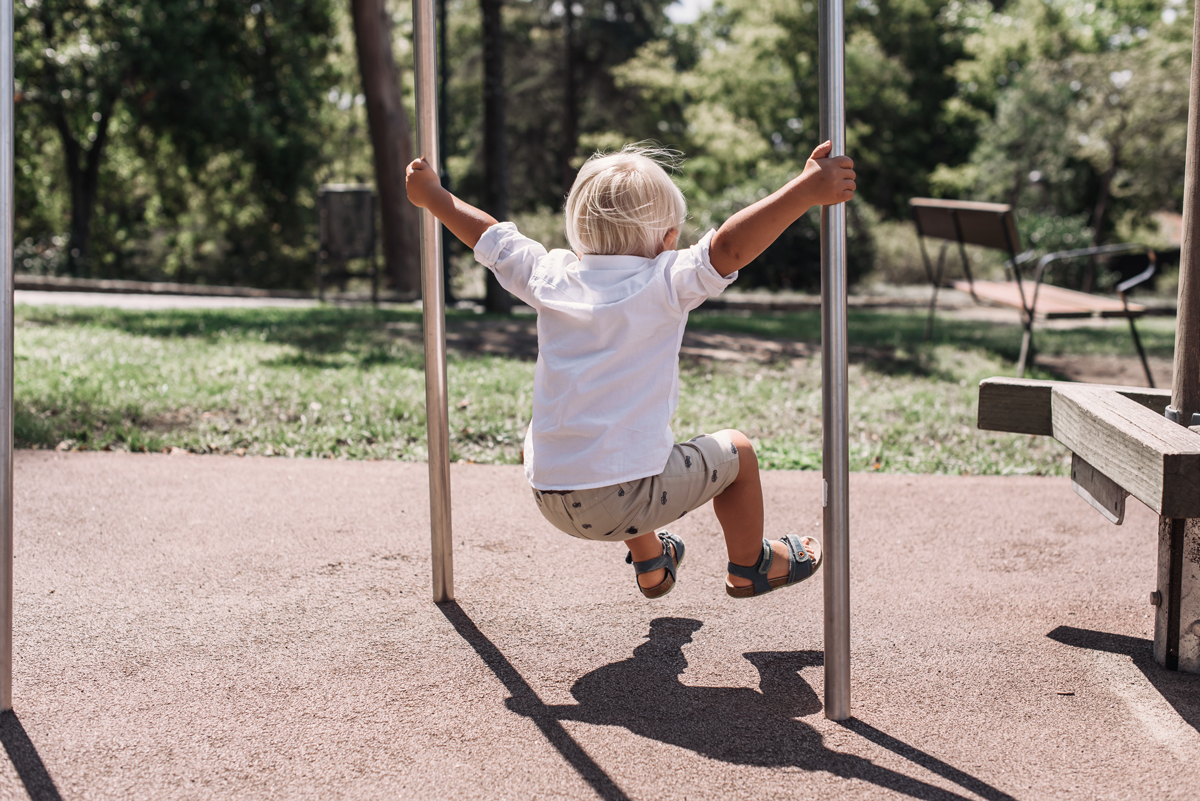 |
|
Outdoor light is consistently more spectral power than indoor forms and this finding may yield future insights that can help with myopia control efforts. Photo: Maksym Kaharlytskyi/Unsplash. |
The protective effect of outdoor light exposure against incident myopia is now a central tenet of efforts to reduce progression of refractive error in kids, but plenty of questions remain about the mechanisms at work. Given that exposure to specific wavelengths of light is known to influence ocular growth in animal models and recent short-term and randomized controlled trials have also indicated a similar effect on human eyes, researchers recently investigated the composition of the visible electromagnetic spectrum, namely the distribution and power of the different wavelengths of visible light in various outdoor and indoor locations.
Regardless of variation in spectral power distribution values with location, time, day and season, their study found that outdoor locations exhibited significantly higher spectral power than indoor locations. The relative percentage composition of short, middle and long wavelengths of light was similar across all locations. The team believes these findings establish a foundation for future research to understand the relationship between spectral power and myopia development.
The study, published in Ophthalmic and Physiological Optics, investigated the spectral composition of the visible electromagnetic spectrum in three outdoor and three indoor locations during different timepoints, days and seasons. The spectral power distribution, categorized into short (380nm to 500nm), middle (505nm to 565nm) and long wavelengths (625nm to 780nm), was recorded using a handheld spectrometer at three outdoor locations (open playground, tree shade and canopy) and three indoor locations (room with multiple windows, closed room and closed corridor). The sensor of the spectrometer recorded data in five different directions at eye level with two repetitions in each direction on two different days at three-hour intervals and during two different seasons (sun and monsoon). This produced a total of 200 measurements in each outdoor and indoor location.
Overall, the spectral power distribution value in the outdoor locations was 154 times higher than indoor locations, with the highest spectral power distribution value noted in an open playground and the lowest in closed indoor locations (open playground > tree shade > canopy > room with multiple windows > closed room > closed corridor). In all of the outdoor locations, spectral power distribution value demonstrated diurnal variation, with a gradual increase from early morning to a maximum value in the middle of the day, declining again in the evening.
Regardless of the significant diurnal and seasonal variations noted in the light distribution, values were always higher in the outdoor locations compared with indoor locations. Concerning the distribution of short, middle and long wavelengths, a similar spectral composition was observed in both outdoor and indoor locations, with a higher proportion of middle wavelengths at all locations except canopy, which exhibited a higher proportion of long wavelengths.
The interactive relationship between exposure to different light spectra and the development of myopia in children is less known.
“Children are likely to spend most of their time at school (indoors) and the playground (outdoors), which exposes them to a varying photic environment,” the researchers wrote in their paper. “Further longitudinal studies should be conducted in children to explore cause-effect and dose-response relationships between exposure to different spectral compositions of ambient light and myopia.”
Among many hypotheses related to the protective mechanism of outdoor light exposure against myopia, the researchers concluded that the role of spectral power distribution in myopia control should be investigated further.
“If spectral power or distribution plays a role in myopia prevention, then it is possible that certain environments may be more beneficial than others,” they noted.
Dhakal R, Huntjens B, Shah R, et al. Influence of location, season and time of day on the spectral composition of ambient light: investigation for application in myopia. Ophthalmic Physiol Opt. January 13, 2023. [Epub ahead of print]. |

